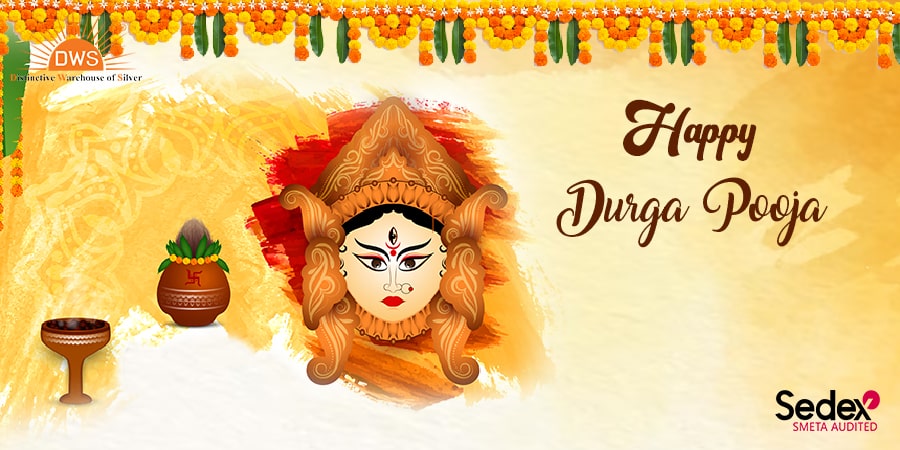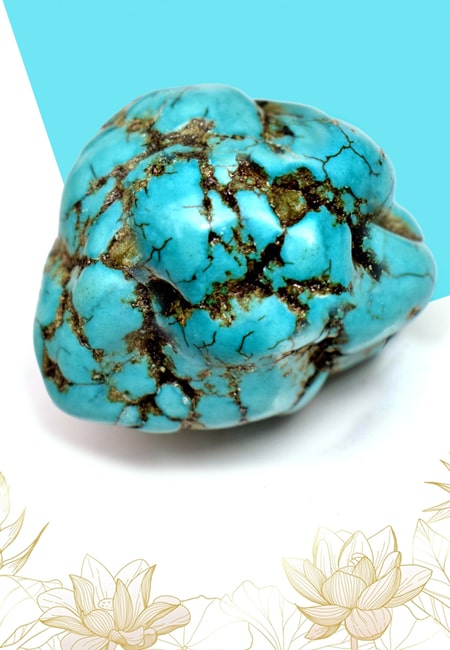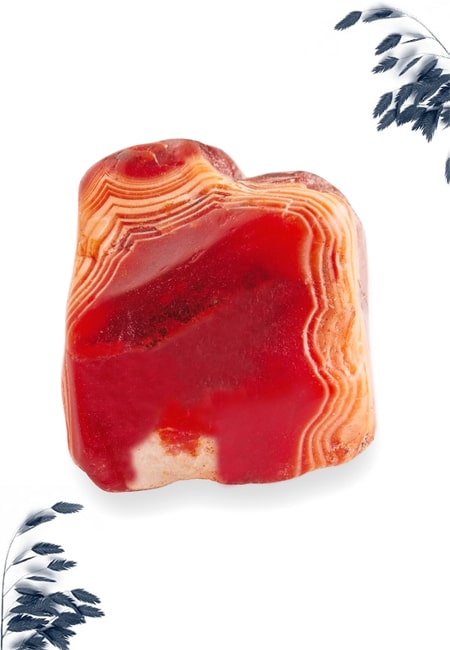- Written By Team DWS
- Festivals
- October 04, 2024
Igniting the Festivities: What the First Day of Durga Puja Means to Us
As the sun rises over the eastern horizon, a palpable excitement begins to fill the air, signaling the arrival of one of the most cherished festivals in India: Durga Puja. While this grand celebration stretches across multiple days, it is the first day, known as Mahalaya, that truly ignites the festivities and holds profound significance for millions, marking the onset of a celebration that melds devotion, culture, and community.
The Essence of Mahalaya
Mahalaya, typically occurring in September or October, is the day that heralds the beginning of Durga Puja. It is the day when the Goddess Durga is believed to descend from the heavens to reunite with her devotees. This date also marks the transition between the waning of the moon and the new moon, symbolically representing the victory of light over darkness, good over evil. It’s a time of spiritual reflection, and many families perform pujas and rituals in their homes, invoking the spirit of the goddess.

In Bengali culture, Mahalaya is characterized by the soulful recitations of the “Bodhon” chants and the famous Mahalaya audio, featuring the mesmerizing voice of Birendra Krishna Bhadra. The radio broadcasts serve to transport listeners into a world of emotion, reminding them of the goddess’s divine presence and her triumph over the buffalo demon Mahishasura. This unique tradition connects the past to the present and emphasizes the perennial struggle between good and evil, urging us to embrace positivity in our lives.
The Rituals that Shape Our Hearts
For many, Mahalaya is not just a day; it is an elaborate tapestry woven with familial bonds and age-old traditions. In households across Bengal and beyond, the day begins early. Families gather to pay homage to their ancestors, offering prayers and food. This custom of Tarpan, which involves making offerings to one's forefathers, fills our hearts with warmth, reminding us of the importance of family roots and the values passed down through generations.
Moreover, this day acts as a prelude to the grand festivities that follow. As we prepare for the arrival of the goddess, the community comes alive. Local artisans begin to put finishing touches on clay idols of Durga, which are housed in elaborately decorated pandals. Streets are adorned with colorful lights and decorations, as vendors set up stalls selling everything from traditional sweets to intricate handcrafted items. It is during this time that the spirit of unity is most evident, as neighbors and friends come together in anticipation of the days to come.
A Time for Reflection and Renewal
Mahalaya serves not only as a celebration of faith but also as a reminder to reflect on our lives and seek renewal. As the goddess descends, we are encouraged to shed negativity, forgive transgressions, and embrace new beginnings. This calling for self-improvement resonates deeply in our modern lives, where we often become overwhelmed by daily challenges.
In a world characterized by uncertainty, the divine narrative of Durga emboldens us with courage and fortitude. In her many forms, she represents empowerment, strength, and compassion. As the goddess battles demons, we, too, find the strength to conquer our struggles, inspiring us to rise above adversity and pursue our dreams. Mahalaya’s significance lies in this transformation: a reminder that we can be warriors in our own right, commanding our lives with resilience.
Connecting with Culture and Heritage
Celebrating Mahalaya also allows us to reconnect with our cultural roots. As we chant the traditional hymns and partake in folk rituals, we are transported to a realm steeped in history. The festival underscores our rich heritage, reminding us of the artistic and literary contributions of our ancestors. There is a sense of nostalgia that comes with re-experiencing childhood memories associated with the festival, the tastes of beloved sweets, and the communal gatherings that define our identities.
For many, the first day of Durga Puja is not just a festival; it is a homecoming. It unites families, friends, and communities; it bridges generations as we pass down stories and rituals that define us. The essence of togetherness, love, and compassion permeates the atmosphere as we embrace this joyful time.
Conclusion
As the first day of Durga Puja, Mahalaya ignites the festivities that will unfold over the weeks to come. It is a time for reflection, renewal, and connection. From spiritual rituals to vibrant community celebrations, this day lays the foundation for a festival that celebrates the triumph of good over evil while binding us to our culture, heritage, and one another.
Let us embrace the essence of Mahalaya, allowing its profound meanings to infuse our spirits with hope and determination. As we gather to welcome the goddess into our lives, we not only celebrate her presence but also ignite the flame of joy, love, and unity within us. Here’s to embracing the spirit of togetherness and the enduring strength of our traditions, as we embark on this journey of worship and celebration, fostering a deeper connection with ourselves, our communities, and the divine. May the auspiciousness of Mahalaya guide us toward peace and prosperity in the days ahead.

FAQs for the First Day of Durga Puja Festivities
Q1: What is the significance of the first day of Durga Puja?
A1: The first day of Durga Puja, known as Mahalaya, marks the beginning of the festivities. It is believed to be the day when Goddess Durga descends to Earth to bless her devotees. This day is also associated with the worship of ancestors.
Q2: What rituals are performed on the first day of Durga Puja?
A2: On Mahalaya, devotees perform rituals to pay homage to their ancestors, known as 'Tarpan.' This day often involves special prayers, offerings, and recitations of the 'Chandi Path,' which narrates the story of Goddess Durga's victory over the buffalo demon, Mahishasura.
Q3: What is the traditional food associated with the first day of Durga Puja?
A3: Many families prepare traditional foods as offerings during Mahalaya. These can include various types of rice, and sweets. A common dish prepared on this day is 'bhoger khichuri,' a savory rice and lentil dish, along with a variety of accompaniments.
Q4: Are there any special events or celebrations organized on Mahalaya?
A4: Yes, Mahalaya is often celebrated with significant enthusiasm. Many people go to rivers or lakes to perform 'Tarpan,' while others may participate in community events and gatherings. Radio and television broadcast special programs, including 'Mahishasura Mardini,' which features the recitation of the Durga Saptashati.
Q5: What is the cultural importance of Durga Puja?
A5: Durga Puja is not just a religious festival but also a cultural celebration showcasing art, music, dance, and drama. It unites people from various backgrounds and promotes a sense of community and togetherness.
Q6: When does the first day of Durga Puja usually fall?
A6: The dates of Durga Puja vary each year, as they are determined by the lunar calendar. Mahalaya generally falls about a week before the main festivities start, in the months of September or October.
Q7: How do families usually prepare for Durga Puja?
A7: Families typically start their preparations well in advance. This may include cleaning and decorating their homes, buying new clothes, making arrangements for prayers, and preparing traditional sweets and snacks to offer to the goddess.
Q8: Is Mahalaya observed in regions outside West Bengal?
A8: Yes, while Durga Puja is predominantly celebrated in West Bengal, Mahalaya is observed by Bengali communities across India and around the world, including countries like Bangladesh, Nepal, and among the Bengali diaspora.
Q9: What should I wear on the first day of Durga Puja?
A9: Traditional attire is commonly worn during Durga Puja. Women usually wear sarees, often in shades of red and white, while men might wear kurta-pajama or dhotis. Wearing new clothes is a symbol of auspiciousness.
Q10: Can non-Hindus participate in Durga Puja celebrations?
A10: Yes, Durga Puja is an inclusive festival that welcomes everyone regardless of their background. Many people participate in the celebrations, enjoy the cultural activities, and experience the festive atmosphere.
Feel free to reach out if you have any more questions about the festivities!
Popular on Blogs

Black Tourmaline: Meaning, Healing Properties, Fascinating Facts, Powerful Attributes, Versatile Uses, and Beyond
September 05, 2023 / BY Team DWS
Black Tourmaline, also known as Schorl, is a highly revered crystal with incredible metaphysical properties. It derives its name from the Dutch word "turamali," meaning "stone with ..

Carnelian Stone: Meaning, Healing Properties, Power, Facts, Color, Uses and More
December 26, 2023 / BY Team DWS
Carnelian is a vibrant and captivating gemstone that holds a plethora of meanings, healing properties, and powers. Its warm and fiery energy makes it a popular choice among crystal ..

Citrine: Exploring its Meaning, Healing Properties, Fascinating Facts, Powers, Versatile Uses, and Much More
November 18, 2023 / BY Team DWS
Citrine, with its warm golden hues, has captured the attention and imagination of people for centuries. This beautiful gemstone, commonly associated with wealth and prosperity, hol ..

Black Onyx: Unveiling the Meaning, Healing Properties, Fascinating Facts, Powerful Attributes, Versatile Uses, and Beyond
July 25, 2023 / BY Team DWS
Black Onyx, a striking gemstone admired for its deep black hue and elegant appearance, has captivated people for centuries. In this comprehensive guide, we will delve into the mean ..

Unveiling the Mysteries of Turquoise Stone: Exploring its Meaning, Healing Properties, Power, Facts, Color, Uses, and More
December 05, 2023 / BY Team DWS
Turquoise, with its captivating blue-green hue, has been adorning jewelry and artifacts for centuries. This striking stone has a rich history, rich symbolism, and a plethora of int ..

The History Behind The Popularity of Red Agate
December 23, 2022 / BY Team DWS
An Agate is a type of magma rock that takes many years till it is washed out naturally into the water. And that is the reason this stone has elements of water. This beautiful stone ..

Plan a Perfect Valentine's Week with Our Valentine Week List 2025
January 22, 2024 / BY Team DWS
Valentine's Day is undoubtedly the most romantic day of the year, but we believe that one day is just not enough to express your love and make your partner feel special. That's why ..

Bloodstone: Unveiling the Meaning, Healing Properties, Facts, Powers, Uses, and More
August 21, 2023 / BY Team DWS
Bloodstone, with its captivating deep green color with specks of red, is a mesmerizing gemstone that has fascinated civilizations for centuries. It possesses unique healing propert ..


